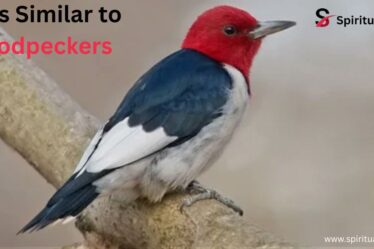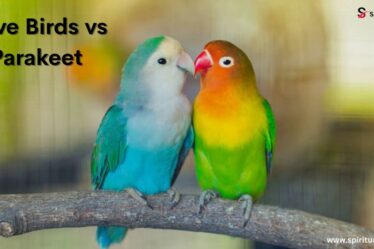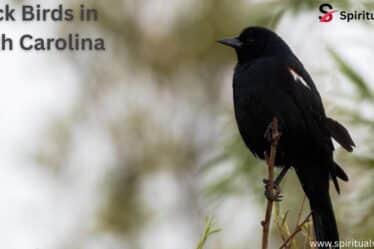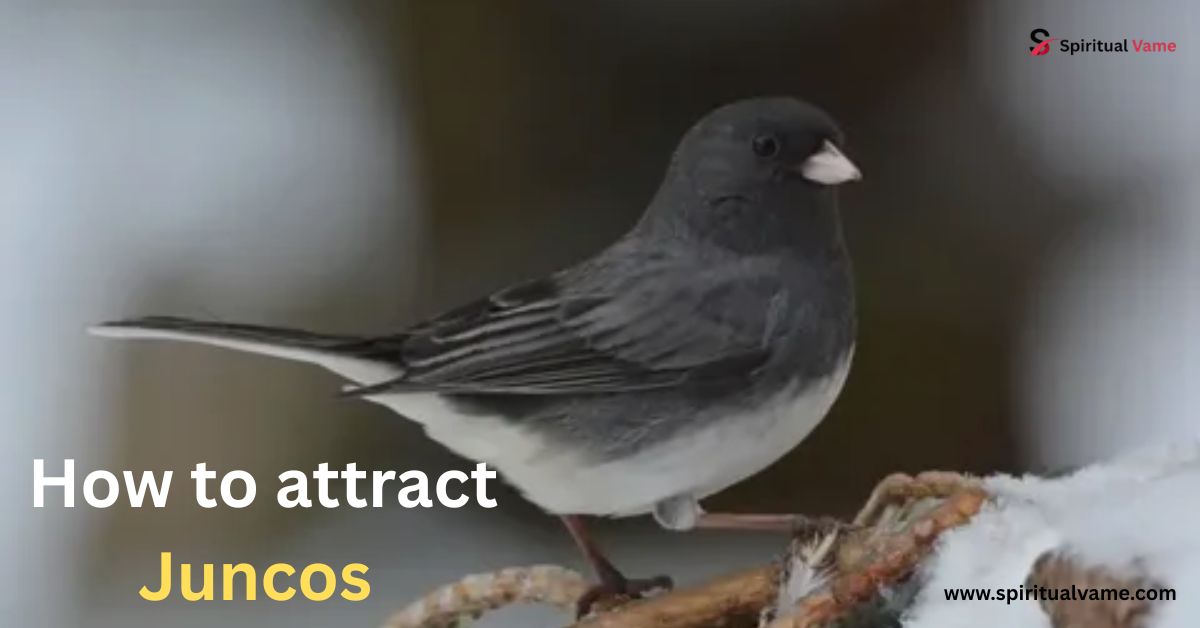
Juncos are small, active birds that many people enjoy watching. They are known for their dark feathers and quick movements. If you want to learn how to attract juncos, it’s easier than you might think. These birds like open spaces, ground feeding, and places to hide. You can bring them to your yard with a few simple steps.
In this guide, you’ll learn how to attract juncos by offering the right food and creating a safe space. Even in winter, juncos are easy to spot if you know where to look. Keep reading to find out how to attract juncos and enjoy their cheerful presence in your yard.
How to Attract Juncos to Your Bird Feeders
Juncos are classic ground-feeding birds, and they prefer to eat close to or directly on the ground. That means hanging tube feeders won’t work. Instead, use platform or tray feeders, or scatter seed on flat surfaces like patios or even snowy ground. You’ll have the most luck placing these feeders near shrubs, brushy patches, or evergreens, which provide instant escape routes from nearby predators like hawks or cats. These birds often visit in flocks, especially in colder weather, so make sure the feeding area is big enough to welcome multiple birds.
Juncos enjoy quiet spaces where they feel safe. Try placing feeders under low coniferous trees or next to deciduous forest edges. They don’t like busy yards with too much noise or foot traffic. Mornings and late afternoons are their peak feeding times, especially after snowfall. In areas like Simcoe County or Columbia, Missouri, where winters are longer, feeding activity increases even more. Many experts, including those at Perky-Pet, recommend keeping your feeders clean and dry to avoid mold and bacteria—this ensures juncos stay healthy and keep coming back.
Juncos and Their Subspecies
Though they may look similar from a distance, Dark-eyed Juncos have several regional subspecies that vary in color and location. The Slate-colored Junco is the most common in the East and upper Midwest. Out west, you’ll find the Oregon Junco with its dark hood and warm brown body. In the Rockies and parts of the Southwest, the Pink-sided, Gray-headed, and Red-backed varieties appear. And in some northern forests, you may even glimpse the rare White-winged Junco.
These subspecies all belong to the Passerellidae family and are part of the same species, but they’ve adapted to different habitats and climates. Some hybridize in overlapping zones, creating interesting feather combinations. Their plumage, tail, and belly colors help birders tell them apart. Spotting these subtle differences can be exciting for backyard birdwatchers across the USA. Whether you’re in the snow-covered woods of Maine or the brushy trails of Montana, there’s likely a unique junco nearby waiting to be seen.
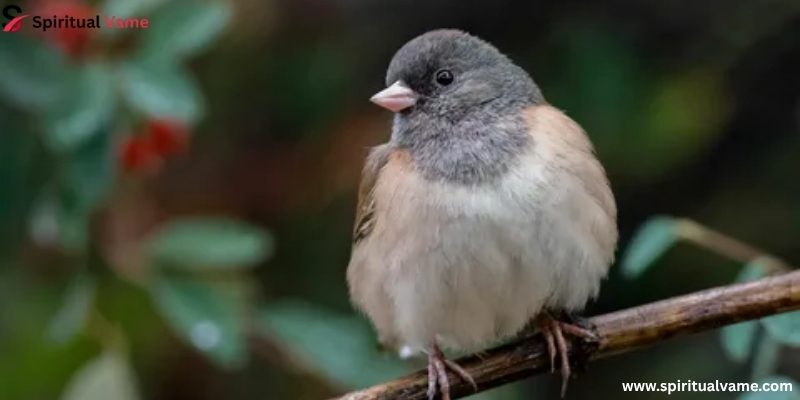
Best Foods for Dark-Eyed Juncos
Dark-eyed Juncos are granivorous, meaning they mostly eat seeds and grains. Their absolute favorites include white millet, cracked corn, sunflower chips, and nyjer. They’ll also eat peanut hearts in the colder months for extra fat. Avoid generic birdseed blends with milo or fillers, as juncos tend to ignore them. You can create a special mix just for them using ingredients that mirror what they’d find in the wild, like seeds from chickweed, ragweed, knotweed, and pigweed.
In the wild, juncos forage through leaf litter, picking up fallen seeds from lamb’s quarters and crabgrass. Mimic this behavior by leaving natural debris under your feeder. During fall and early winter, offer a little extra food as they prepare for the cold months ahead. If you’re feeding in regions like Columbia, Missouri, where temperatures can drop sharply, high-energy seeds become even more important. Some backyard birders even place several feeders 6 to 10 feet apart to reduce competition and allow larger flocks to feed.
Attracting Juncos With Water
Even in winter, water is essential. Juncos need to drink and clean their feathers to stay warm and fly properly. A regular birdbath helps, but a heated birdbath is even better in cold areas like Simcoe County or the northern U.S. These baths prevent water from freezing and give juncos reliable access to hydration. Make sure the water is shallow—about 1 to 2 inches deep—and place a few pebbles or stones inside to give birds safe footing.
Keep the water clean by changing it daily and scrubbing out the bath once a week. Position it near shelter so birds can drink and then retreat if they feel threatened. Juncos often visit water sources more frequently on dry winter days when snow isn’t falling. By offering fresh water in the harshest months, you create a dependable space they’ll remember every year.
Providing Shelter for Dark-Eyed Juncos
Shelter is just as vital as food and water. Juncos roost in low shrubs, thick brushy areas, and coniferous trees to stay out of the wind and hide from predators. They prefer spaces that mimic their natural habitat, like scrubby edges or forest borders. Building a simple brush pile out of trimmed branches and dead leaves gives them a safe, familiar spot to escape harsh weather.
Consider adding native plants and shrubs to your landscaping. Junipers, hollies, and dense hedges provide excellent coverage. If you live in an urban setting without many natural features, you can also buy a roosting box or place dense potted evergreens nearby. Keeping these areas free of human disturbance is key. As noted by experts at Wild Birds Unlimited, giving juncos quiet, secure places to rest encourages them to stick around longer during the season.
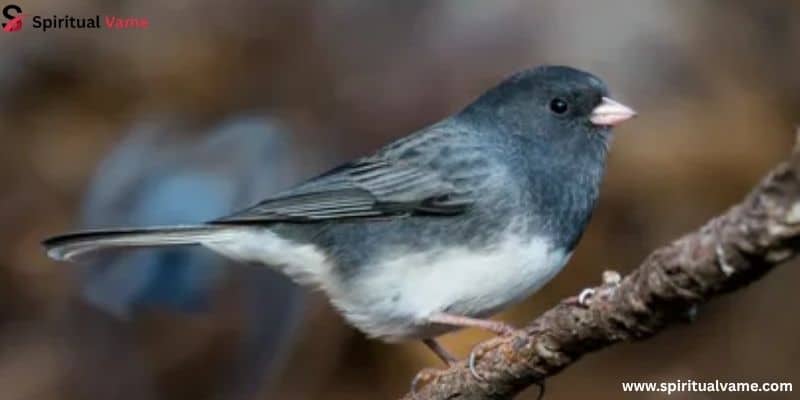
Extra Tips for Attracting Juncos
To truly make your yard a junco haven, think beyond feeders. Avoid raking up every leaf—leaf litter offers food and insulation. Let parts of your yard grow naturally, and skip chemical treatments that harm insects and seeds juncos depend on. Keep pets, especially cats, indoors or supervised to protect the birds from surprise attacks. A peaceful yard draws more wildlife and keeps birds stress-free.
Birds remember where they find good food and shelter. Once juncos discover your space is safe and full of resources, they’ll return year after year, often with more of their flock. Contributing to community science projects like Project FeederWatch from the Cornell Lab of Ornithology helps track their movements and behavior, too. Not only do you get the joy of watching these birds flutter through your space, but you’re also part of a bigger effort to protect them for the future.
Attract Dark-Eyed Juncos to Your Backyard
Quality Food
To attract juncos successfully, your choice of food matters. Stick with millet, sunflower chips, and cracked corn—they’re easy for juncos to eat and provide the fuel they need. Scatter them on a platform feeder or directly on the snow. Stay away from blends that include fillers or grains like milo, which these birds rarely eat.
Clean, Fresh Water
Water may seem like a challenge in winter, but a heated birdbath makes a huge difference. Even a simple shallow bowl can work if you replace the water regularly. Position it near shelter and food so the birds don’t have to travel far.
Safe, Secure Shelter (and Nesting Sites)
While juncos don’t often nest in suburban yards, they do need places to rest and hide. Piling brush in a quiet corner or planting dense shrubs creates an inviting space. These small things make a big difference during snowstorms and cold snaps.
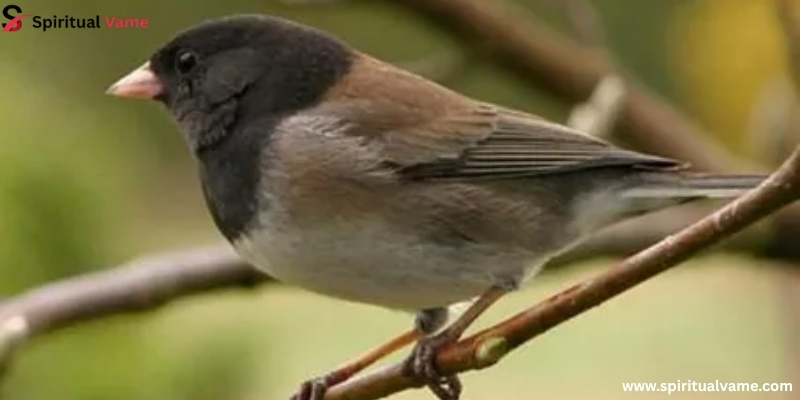
Attracting Dark-eyed Juncos to Your Backyard
What do Dark-eyed Juncos Look Like
Juncos have a round, compact shape with a pale belly, dark hood, and pink bill. Their back and head color depend on their subspecies—some are more gray, others more brown or even rusty red like the Red-backed. Their quick movements and tail-flicking are easy to spot in a snowy yard.
Do they migrate
Yes, juncos are migratory. Many fly south from Canada and the northern USA in the fall. Some populations stay in higher elevations year-round, especially in parts of the Rocky Mountains. As winter sets in, they move to areas with more reliable food and shelter.
Foods
They eat mostly seeds from weeds and grasses. You’ll often find them hopping through leaf litter, picking at fallen bits. When feeders are available, they love millet, cracked corn, and sunflower.
Feeders
Use tray or platform feeders, not hanging tubes. Better yet, just scatter the seed right on the ground. Make sure feeders stay dry and are cleaned weekly to avoid mold.
Birdbaths (Water)
Even in freezing temperatures, juncos need water. Heated birdbaths give them the chance to stay hydrated and clean, which helps with insulation and flight.
Nesting
Though they prefer to nest in forests or quiet ground spots, they might visit yards with enough cover. Dense shrubs or brush piles may encourage them to stay longer.
Fun Facts
Nicknamed “snowbirds” because they show up with the first snowfall, juncos are full of charm. They participate in tracking projects like Project FeederWatch, and some have been known to travel over 630 miles during migration. They’re a favorite among backyard birders from coast to coast.
Final Thoughts
If you’re hoping to see more Dark-eyed Juncos fluttering around your backyard, it’s all about creating the right mix of food, water, and shelter that mimics their natural habitat. These charming little snowbirds—whether Slate-colored, Oregon, Pink-sided, or Gray-headed—are drawn to simple, quiet spaces where they can forage for seeds, bathe, and roost safely. Keep your feeders full, your birdbaths clean and heated, and your yard cozy with shrubs and brushy cover.
By following these tips and using trusted resources like Perky-Pet, Songbird Station, and Wild Birds Unlimited, you’re not just inviting beauty into your space—you’re supporting vital migratory birds through every season. And who knows? With a little patience and the right setup, you might just spot a rare hybrid or one of the less common subspecies from the Passerellidae family during winter in Simcoe County or even Columbia, Missouri. Happy birding!

